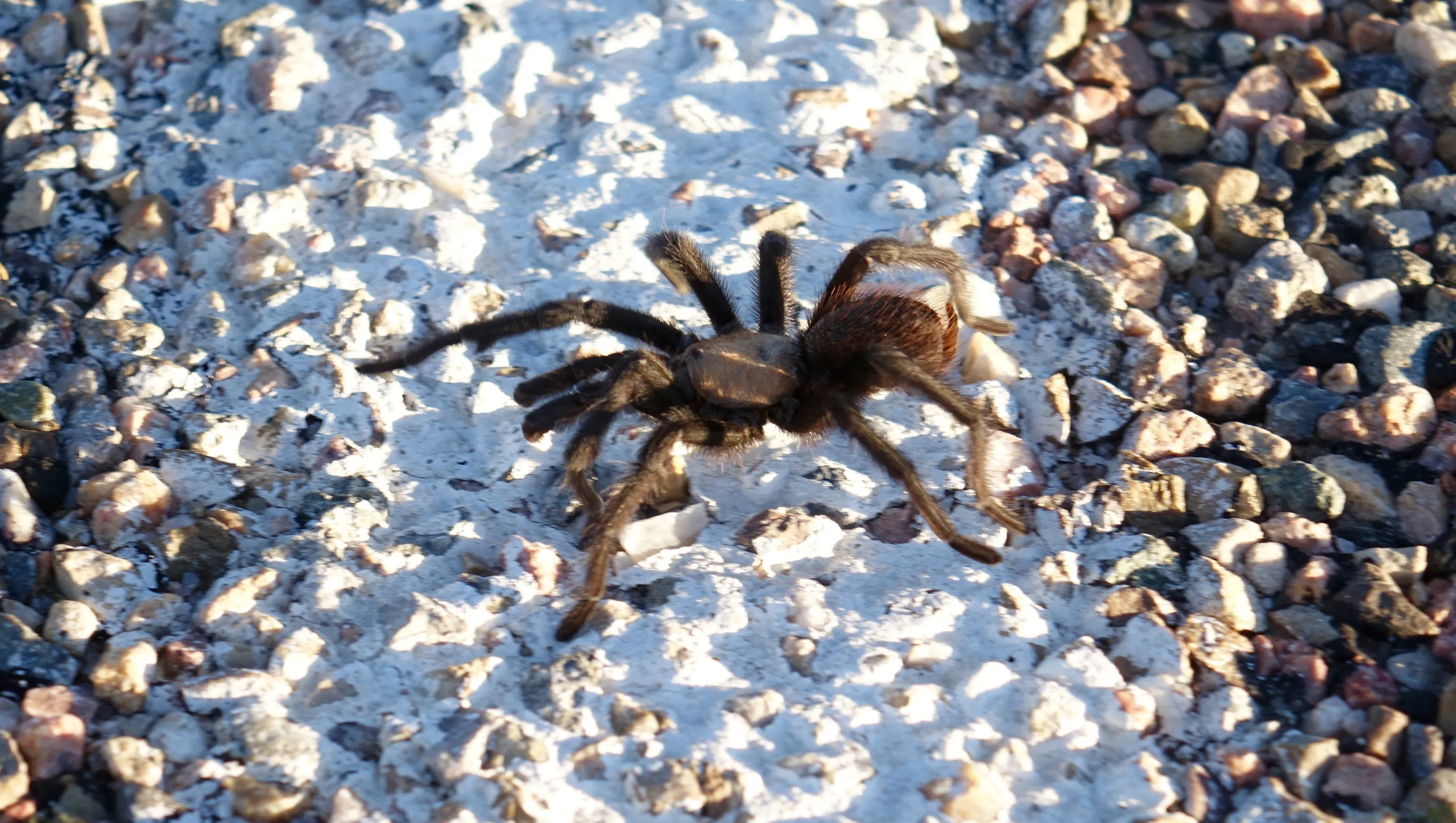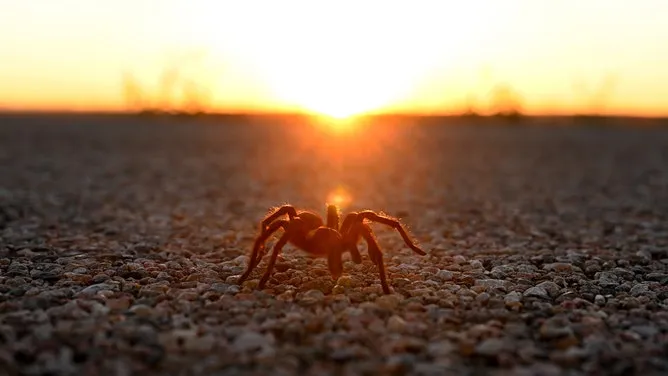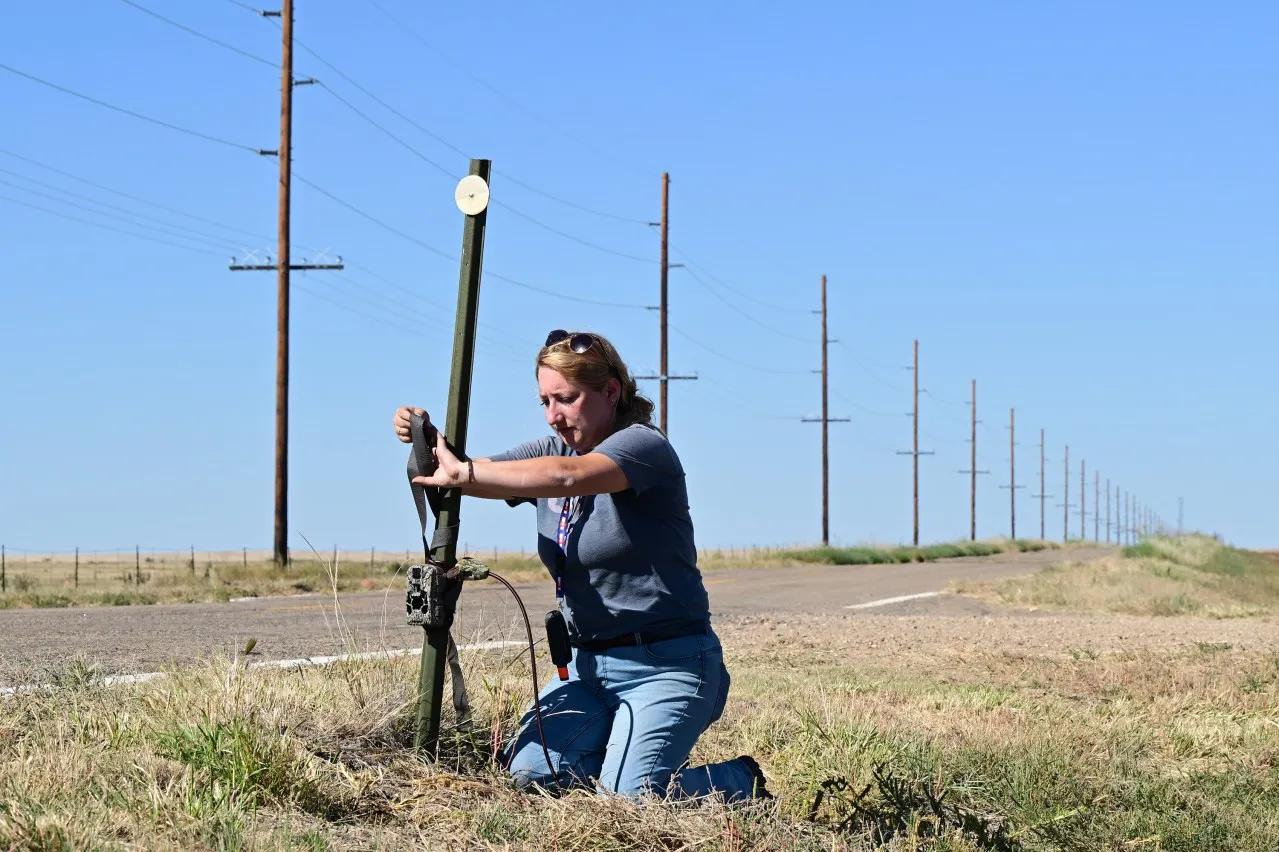What is Tarantula Mating Season in Colorado
Tarantula mating season in Colorado is a fascinating annual event where these large, hairy spiders become highly visible as they search for mates. This period usually occurs in the late summer and early fall, offering a unique opportunity for nature enthusiasts to observe these creatures in their natural habitat. During this time, male tarantulas leave their burrows and embark on a journey, often traveling several miles, in search of females. This migration is a spectacle, drawing attention to the state’s diverse ecosystem and the remarkable behavior of these often-misunderstood arachnids. The mating season is not only crucial for the tarantulas’ reproductive cycle but also provides a chance for people to appreciate the role these spiders play in the local environment.
Understanding the Timing of Tarantula Mating Season
The timing of the tarantula mating season in Colorado is primarily influenced by environmental factors, specifically the weather and the availability of prey. Typically, the season begins in late August and extends through September and sometimes into early October. The exact start and duration can vary each year, depending on the specific climatic conditions. Warmer temperatures and sufficient rainfall often trigger the males to emerge from their burrows. The spiders’ activity is also closely tied to the life cycle of their prey, as they need to ensure they have enough sustenance before and after the mating process. Understanding this timing helps observers plan their excursions and increases the chances of witnessing this natural phenomenon. For those interested in observing, monitoring weather patterns and local reports can provide valuable insights into the anticipated start of the season.
When Does Tarantula Mating Season Typically Begin

The tarantula mating season in Colorado generally kicks off in late August. As the summer heat begins to wane, the males sense the changing environment and start their journey. The precise timing varies from year to year, with the weather playing a crucial role. A warm and relatively wet August can prompt an earlier start, while a cooler, drier month might delay the emergence. It’s essential to keep an eye on local weather forecasts and any alerts or reports from wildlife organizations or nature groups. By staying informed about the anticipated conditions, enthusiasts can better plan their outings. Observing the initial emergence is exciting, as it marks the beginning of several weeks of activity when tarantulas are most visible and active across the Colorado landscape. Peak viewing times often occur in early to mid-September.
Factors Influencing the Start of Mating Season
Several factors influence the timing of the tarantula mating season in Colorado. The most significant is the weather, with temperature and humidity playing crucial roles. Warmer temperatures signal to the male tarantulas that it is time to emerge and begin their search for mates. Adequate rainfall or humidity can also contribute to their activity, providing a more favorable environment. Another key factor is the availability of prey. Tarantulas need to ensure they have access to food before and after mating. The abundance of insects and other small animals that serve as their food source helps to regulate their activity levels. The spiders’ internal biological clocks also come into play, coordinating their behaviors with the seasonal changes. Monitoring these factors gives a clearer understanding of when to expect the mating season and increases the chances of seeing these fascinating creatures.
The Best Time to Spot Tarantulas
The best time to spot tarantulas during their mating season in Colorado is typically during the late afternoon and early evening hours. This is when the males are most active, as they are less likely to be exposed to the harsh midday sun. Specifically, from late August to mid-September, the males start their trek, with the peak occurring around sunset and into the early night. This is also the time when the females are most likely to be receptive. Observing the tarantulas’ behavior requires patience, as they may move slowly and cautiously. It’s advisable to visit areas known for tarantula activity, such as open grasslands and scrublands, especially those in the southern part of the state. Bringing a flashlight with a red lens can help you observe the spiders without disrupting their natural behavior. Always remember to maintain a safe distance and respect their habitat.
Top 5 Facts About Colorado Tarantulas

Fact 1 The Species Involved
The most common tarantula species observed during the mating season in Colorado is the Oklahoma brown tarantula (Aphonopelma hentzi). These spiders are native to the southwestern United States and are well-adapted to the arid environments of Colorado. The males are typically the ones most visible during mating season, as they actively search for females. The females, on the other hand, are often found in their burrows, waiting for the males to arrive. The Oklahoma brown tarantula is characterized by its large size, hairy legs, and brown coloration, which helps it blend into its surroundings. Understanding the specific species involved is critical to learning about their behaviors and conservation needs. These tarantulas are a vital part of Colorado’s ecosystem, playing a role in controlling insect populations.
Fact 2 The Mating Ritual
The mating ritual of the Oklahoma brown tarantula is a fascinating display of animal behavior. The male, upon finding a female’s burrow, will often tap or drum on the ground to announce his presence. He then approaches cautiously, carefully avoiding the female’s fangs, which can be dangerous. The male uses specialized structures on his legs, called tibial hooks, to hold the female’s fangs at bay. Once close enough, he deposits sperm onto a web mat and then inserts it into the female’s epigastric furrow. If the female is receptive, mating can last from a few minutes to several hours. Afterward, the male usually tries to escape quickly to avoid being eaten by the female, though this is not always successful. The whole process is an essential part of their life cycle and ensures the continuation of the tarantula population in Colorado.
Fact 3 Where to Find Them

Tarantulas in Colorado are primarily found in the southern and eastern parts of the state. Prime locations include the grasslands, scrublands, and open fields. Areas with sandy or loamy soil are particularly favored by tarantulas, as this allows them to build their burrows. Specific hotspots include areas near Pueblo, La Junta, and the Pawnee National Grassland. During the mating season, you can often find them crossing roads or paths, as the males actively seek females. It is important to observe from a distance and avoid approaching the tarantulas directly, as they can become defensive if threatened. When planning a viewing trip, research the areas beforehand and consider any regulations or safety guidelines. Local wildlife organizations and nature centers may provide additional information on known tarantula habitats.
Fact 4 The Duration of the Season
The duration of the tarantula mating season in Colorado typically spans from late August through September, but can sometimes extend into early October. The exact length of the season depends on various environmental factors, especially the weather conditions. A mild and wet late summer can lead to a longer season, with more active tarantulas. Conversely, a cooler, drier period may shorten the season. Peak activity usually occurs during the first few weeks, when the males are most actively searching for mates. During this period, you can often observe the spiders at different times of the day, though they are most commonly seen in the late afternoon and early evening. Monitoring local reports and paying attention to weather patterns provides insights into the length of the season and the optimal times for observing the tarantulas.
Fact 5 Conservation Status and Threats
The Oklahoma brown tarantula in Colorado is generally not considered endangered. However, they still face threats, including habitat loss and degradation due to development and agricultural practices. The use of pesticides can also affect their food supply, reducing insect populations. Climate change impacts the species, affecting the timing of mating season and the availability of suitable habitats. Conservation efforts include protecting their habitats, educating the public, and promoting sustainable land management practices. Although these tarantulas are not currently under immediate threat, their population can be negatively affected by environmental changes. Supporting conservation groups and following responsible viewing practices ensures these fascinating creatures can thrive in Colorado for years to come.
How to Observe Tarantulas Responsibly

Observing tarantulas responsibly ensures both your safety and the well-being of the spiders and their habitat. Start by respecting their space and avoiding any direct contact. Maintain a safe distance, and use binoculars to view them. Avoid handling or attempting to move them, as this can cause them to become defensive. When driving in areas where tarantulas are active, be mindful and drive slowly, as many tarantulas are killed by passing vehicles during mating season. Stay on marked trails and avoid disturbing their burrows or surrounding vegetation. Remember not to litter and pack out everything you pack in. By following these simple guidelines, you can help protect the tarantulas and ensure others can enjoy observing these incredible creatures in their natural environment.
Safety Precautions for Tarantula Viewing
When observing tarantulas, safety is paramount. Always be aware of your surroundings and watch out for potential hazards. Avoid walking through tall grass or dense vegetation where tarantulas might be hiding. Wear sturdy shoes and long pants to protect yourself from bites or scratches. If you’re going out at night, bring a flashlight with a red lens to avoid disturbing the tarantulas’ behavior. Do not attempt to pick up or handle the tarantulas, as they can bite if they feel threatened. Be cautious when near roads, and watch for passing vehicles. It’s also wise to bring a friend or inform someone of your plans before going out. By practicing caution and being mindful of your environment, you can have a safe and enjoyable tarantula-viewing experience in Colorado.
Respecting Tarantulas and Their Habitat
Respect for tarantulas and their habitat is vital for conserving these creatures and their ecosystem. Avoid disturbing their burrows or altering the environment in any way. Refrain from collecting or removing tarantulas from their natural habitat. Leave no trace of your visit by packing out all trash. Educate yourself and others about tarantulas and their importance in the ecosystem. Support conservation efforts and organizations dedicated to protecting their habitats. By demonstrating respect for the tarantulas and their environment, you will contribute to their survival and help protect the biodiversity of Colorado. Remembering that these are wild animals in their natural setting allows you to appreciate these fascinating creatures and their role in the natural world.
